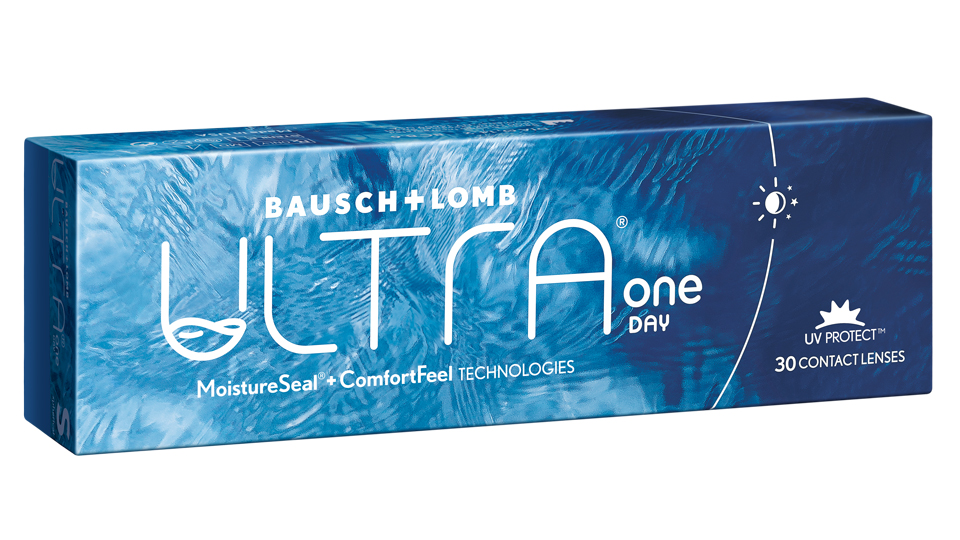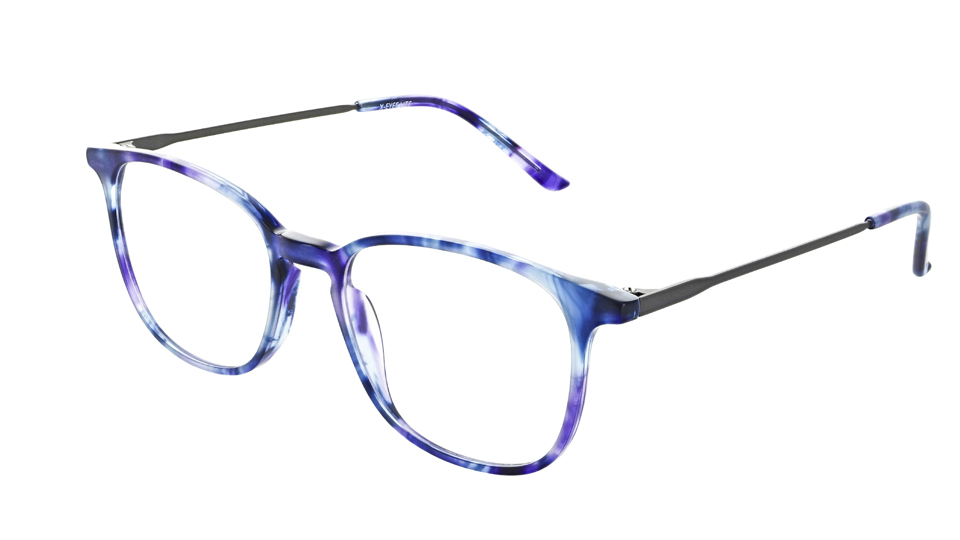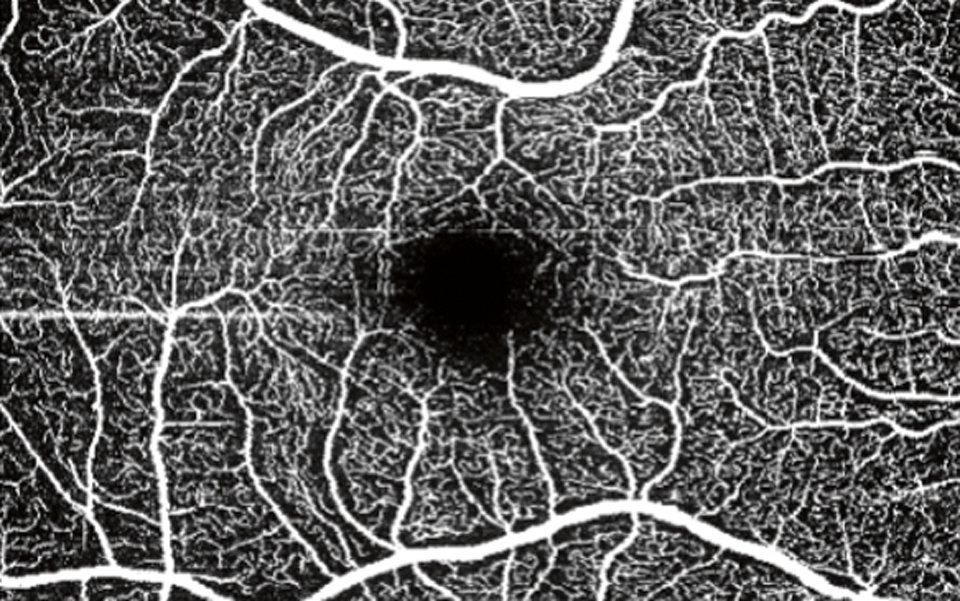- OT
- Industry
- Equipment and suppliers
- OT focuses on… new launches for 2022
Hit list
OT focuses on… new launches for 2022
From new devices and upgrades, to contact lens launches and an insight into eyewear, OT rounds up four launches that have kicked off the year

07 February 2022
Portable power
BiB Ophthalmic Instruments has launched the new CrystalVue NFC-600 Fully Automated Fundus Camera. The device aims to provide the mobility of a handheld camera with the image quality of a desktop camera for increased diagnostic accuracy and efficiency.
The device boasts automated features, such as a 3D auto tracking system which provides detailed images of the retina, through its 12 million pixel camera sensor with a standard field of view of 45 degrees.
Ten internal fixation targets are selectable, and the disc, fovea, macular, or other peripheral retina areas can be captured through specified fixation.
The company suggests the interface is easy to use, while the automated features also help to reduce examination time.
“The software also provides a powerful patient data base with analytical software including cup disc ratio measurement,” Tim Baker, group CEO of BiB, told OT. He added that images can be viewed in traditional true full colour, or in a variety of colours and effects to enhance the visualisation of any suspect pathologies.
The device weighs 12kg, taking up less than half the weight and size of a traditional desktop fundus camera, the company said, and can be packed into a bespoke transport case for use between practices or in the community. The patient and practitioner also do not need to sit either side of the device, which could reduce required floor space, BiB shared, while the system can be connected to any Windows-based PC or laptop via a USB connection.
The one with it all
Bausch + Lomb has launched a new contact lens that the company describes as “the most complete lens that has it all.” The Bausch + Lomb Ultra One Day unites high Dk/t, low modulus, UV blocking and high definition optics with two “breakthrough” technologies that work in synergy with the tear film.
An Advanced MoistureSeal Technology helps to deliver what the company suggests is the highest moisture retention after 16 hours compared to other leading silicone hydrogel daily disposable lenses.
Meanwhile, ComfortFeel Technology releases ingredients designed to help protect, enrich and stabilise the tear film.
Describing the new product to OT, the company said that with the new contact lenses practices can offer patients “a lens that goes beyond today’s contact lens constraints.”
Bausch + Lomb is set to host a launch webinar for the new contact lens on 28 February. The event, which will begin at 6pm, will include CPD.
Full references can be found on the Bausch + Lomb website.

Titanium collections
Continental Eyewear has introduced a new range of titanium and acetate eyewear, X-Eyes Lite. The colourful collection includes 21 models in a range of modern and classic styles with a thin and light feel. The titanium frames feature high density acetate fronts.
Nose pads used on the frames are made of silicone, while the titanium material used is hypoallergenic.
Models in the collection include the ‘XEL 02,’ a rounded frame “bursting with colourful acetate” and featuring elegant metal sides with contrasting tips.
The ‘XEL 13’ metal men’s frame presents an extra-thin front and is available in three colours, while the ‘XEL 19’ offers a half rim frame designed for petite faces.

Shifting scan rates
Heidelberg Engineering has launched Shift technology as part of an upgrade for the Spectralis imaging platform to enable clinicians to switch between OCT scan speeds to enhance image quality. Using the technology, Spectralis users will be able to choose the most suitable OCT scan speed for each patient.
Various A-scan rates are available for different applications, such as 85 kHz for structural OCT imaging, and a fast scan of 125 kHz for OCT-angiography which is set to speed up image capture by up to 30% without any reduction in image quality. It is also possible to slow the scan to 20 kHz when imaging traditionally challenging cases.
In combination with the company’s new Enhanced Vitreous Imaging or Enhanced Depth Imaging modes, the 20 kHz scan speed provides “clinically relevant OCT images of the posterior segment, from vitreous to choroid.”



Comments (0)
You must be logged in to join the discussion. Log in